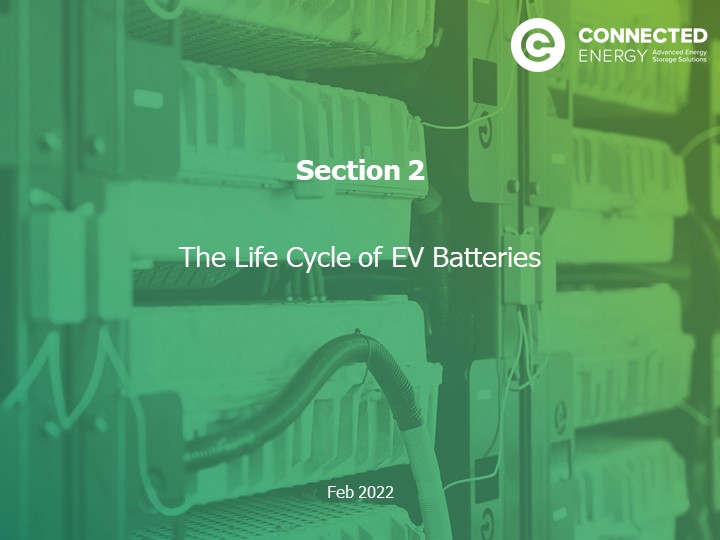In the previous post ‘How do you compare green tech/battery tech’ we introduced the concept of a life cycle analysis.
With our E-STOR technology using second life batteries, it is important for our model to calculate the carbon impact of an electric vehicle battery pack.
To fully account for the life cycle, we begin the analysis at the building of a pack and the resultant emissions. It will then follow that pack through its usage and eventual recycling.
The final result will show the carbon impact of an electric vehicle and allow for a range of variables to be adjusted to investigate different forecasts and scenarios. These can be things such as how many miles are driven a year, what carbon content the grid was made of on each year or when packs are recycled.
Introduction
A common question has followed the introduction and evolution of electric vehicles over the past decade. Whist the general consensus leans to electrification being a pivotal step in decarbonisation, many competing valuations on their true carbon impact are available.
Connected Energy has built into the battery storage modelling a carbon impact analysis of the electric vehicle.
This allows for the inclusion of a uniform assessment when including the EV packs within stationary storage in a second life.
Additionally, if a battery system does not use these pacts, the model is able to draw from a separate section for first life pack creation.
Please download the full document for further information.



